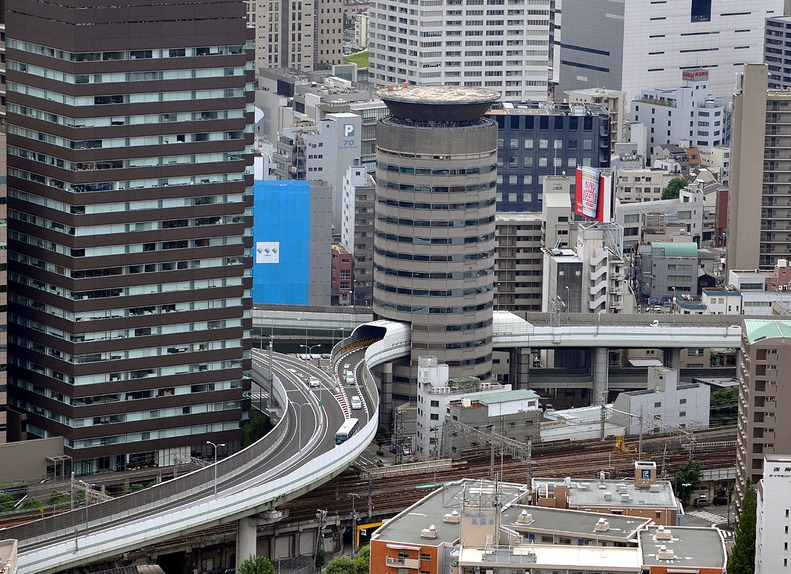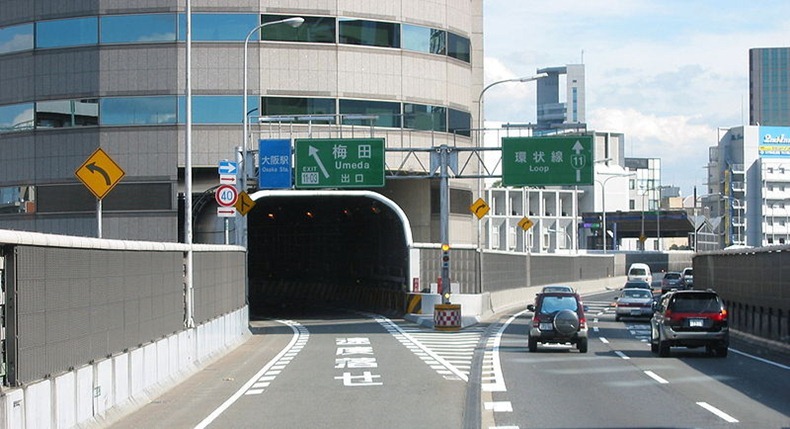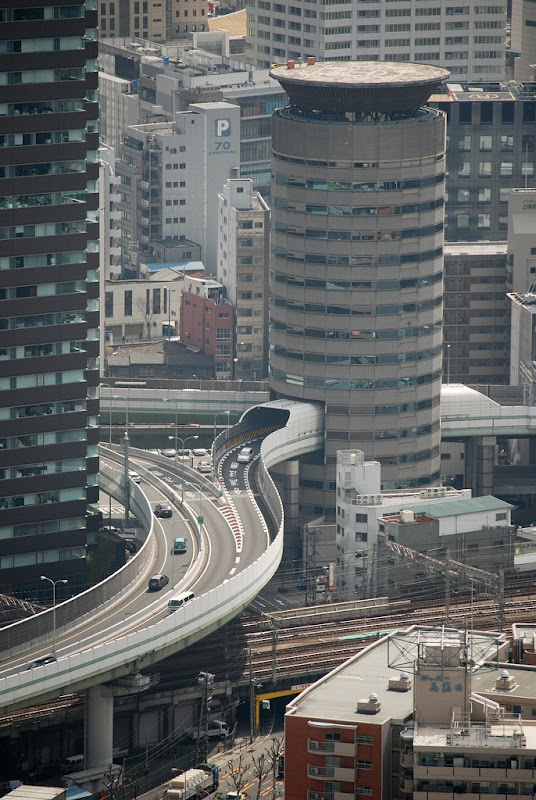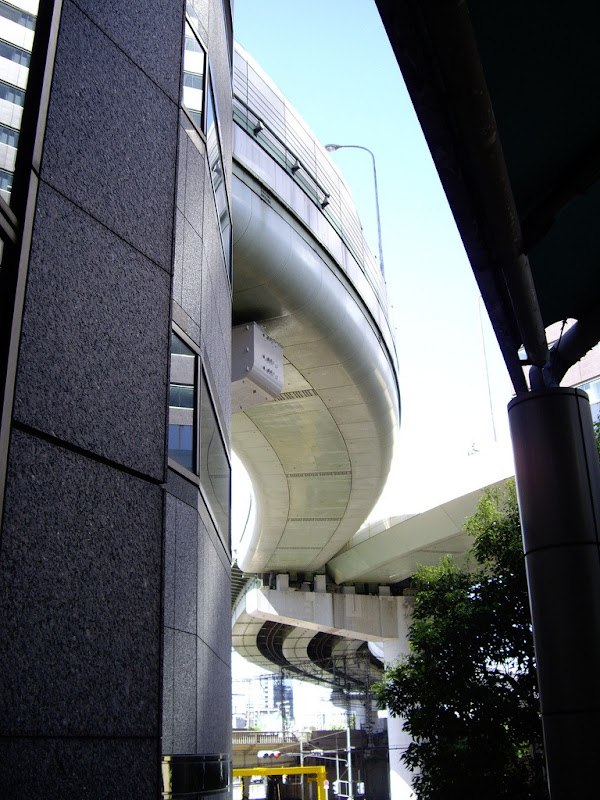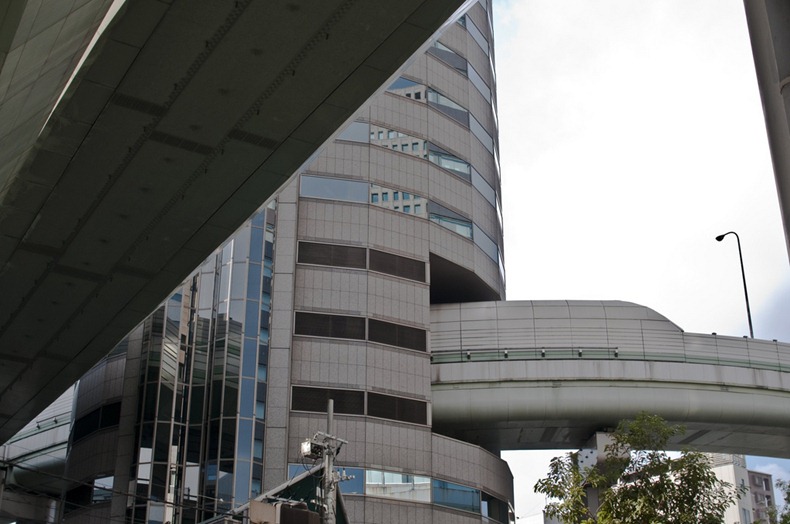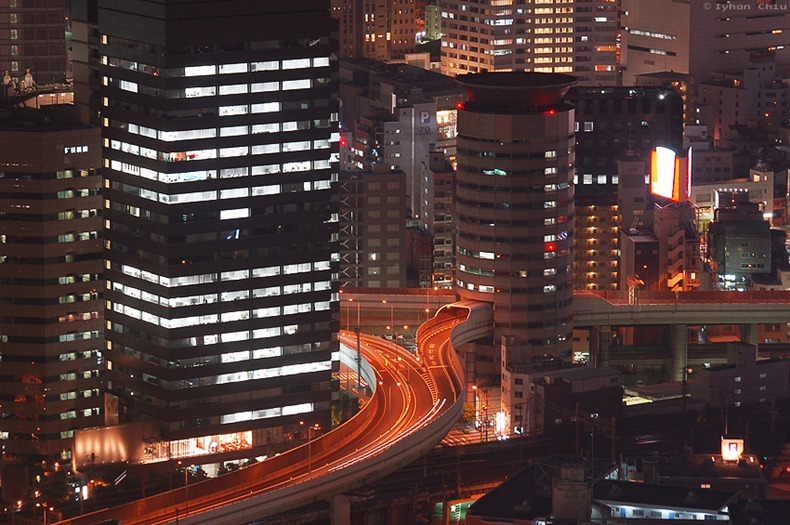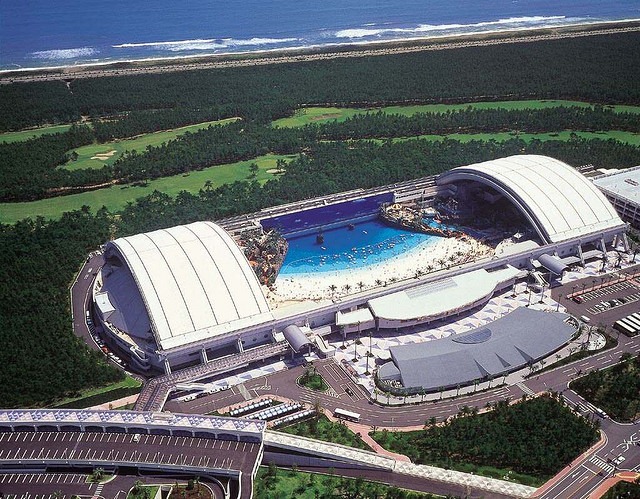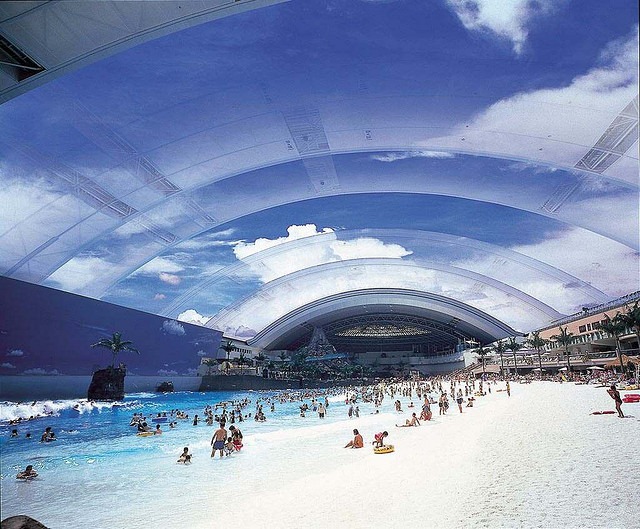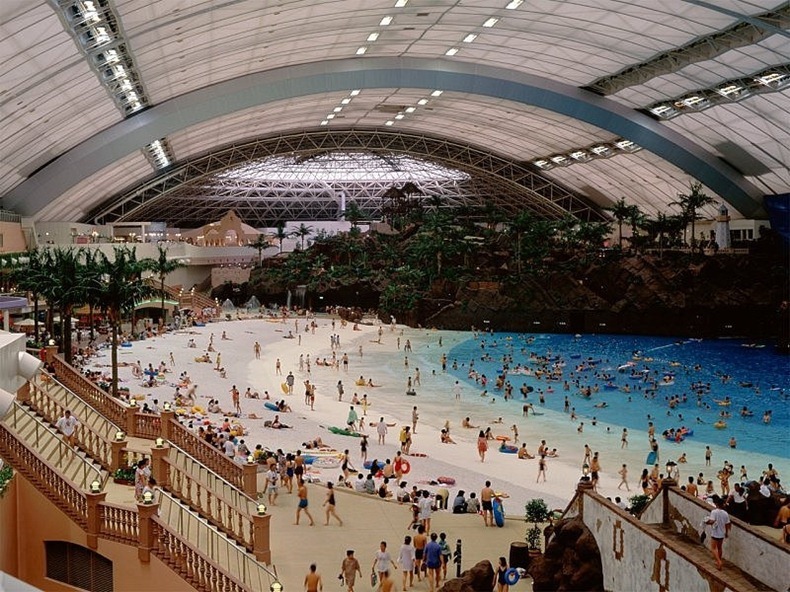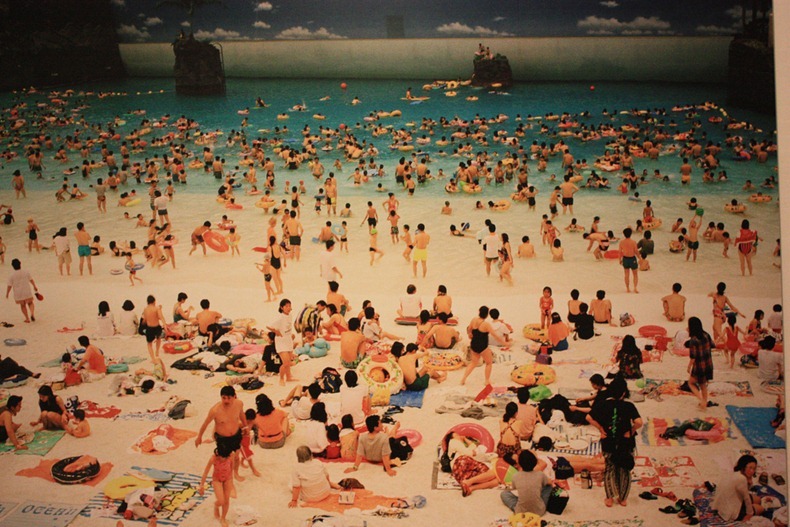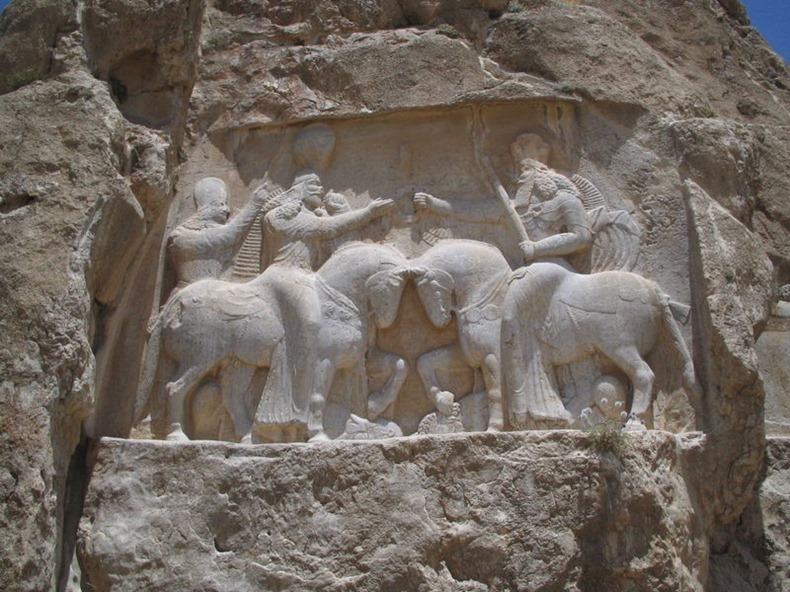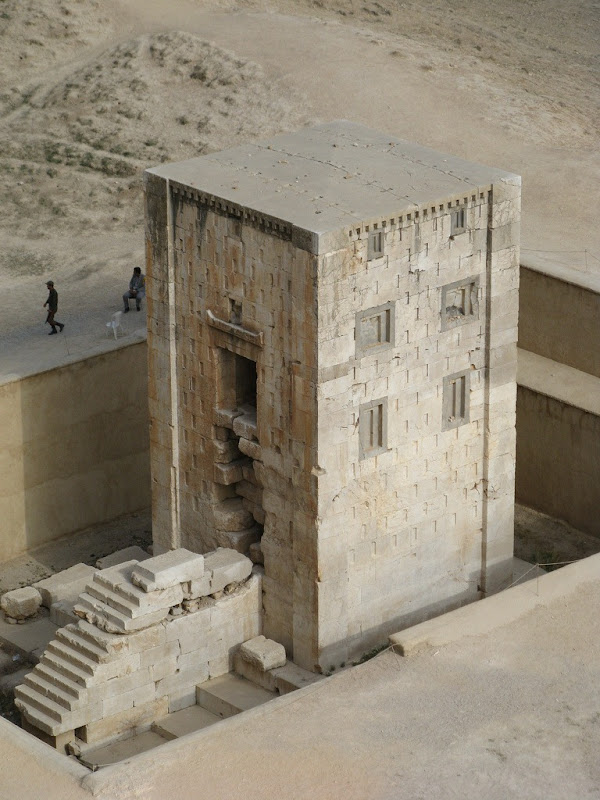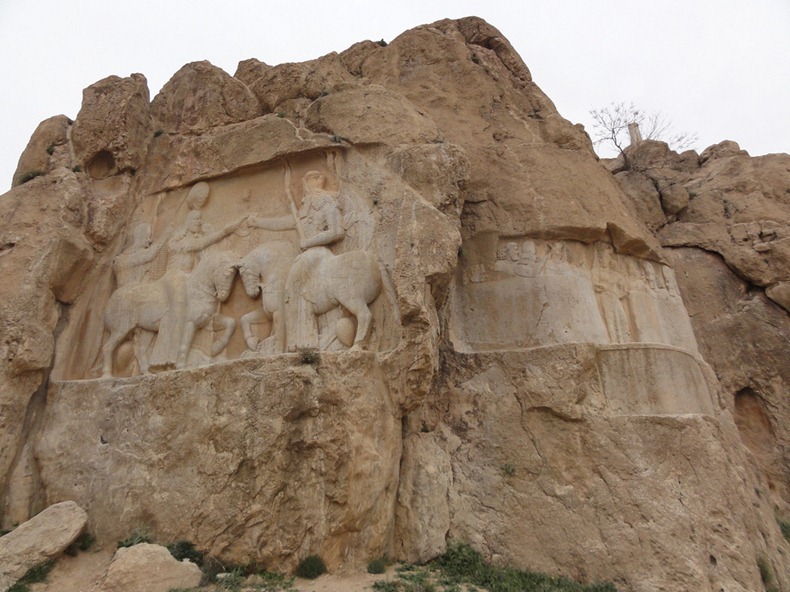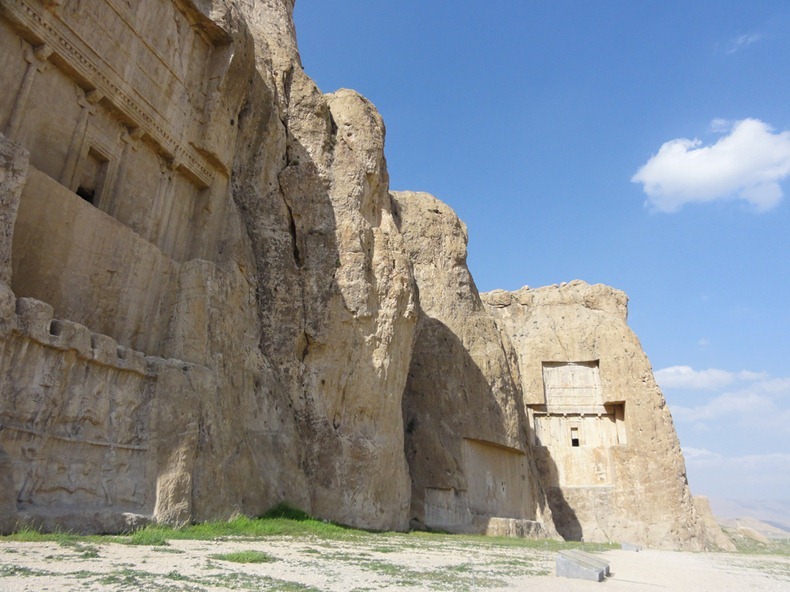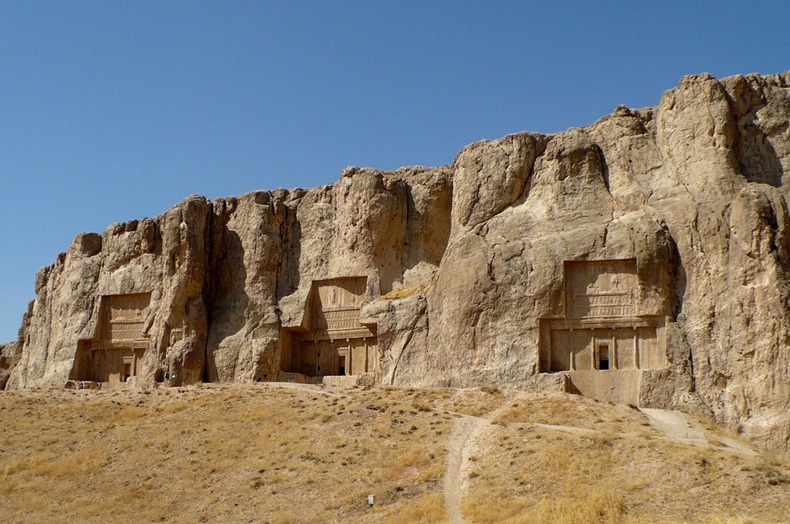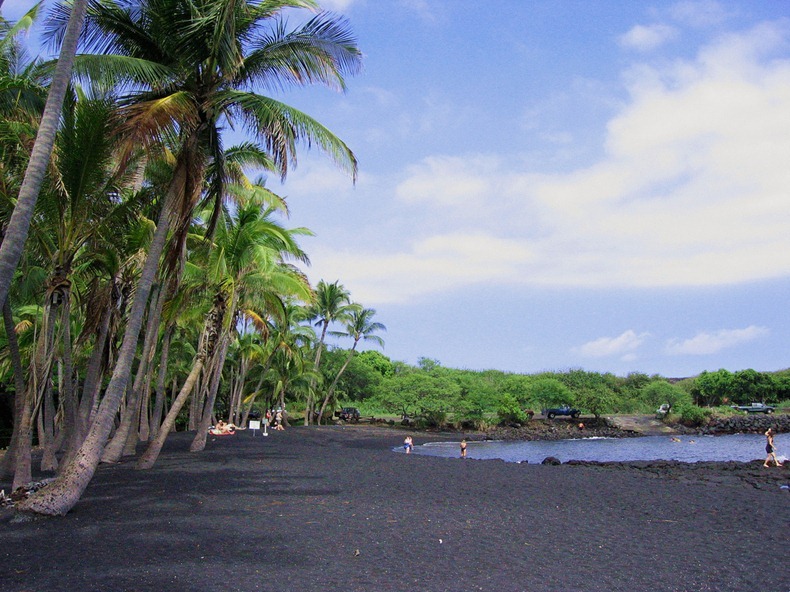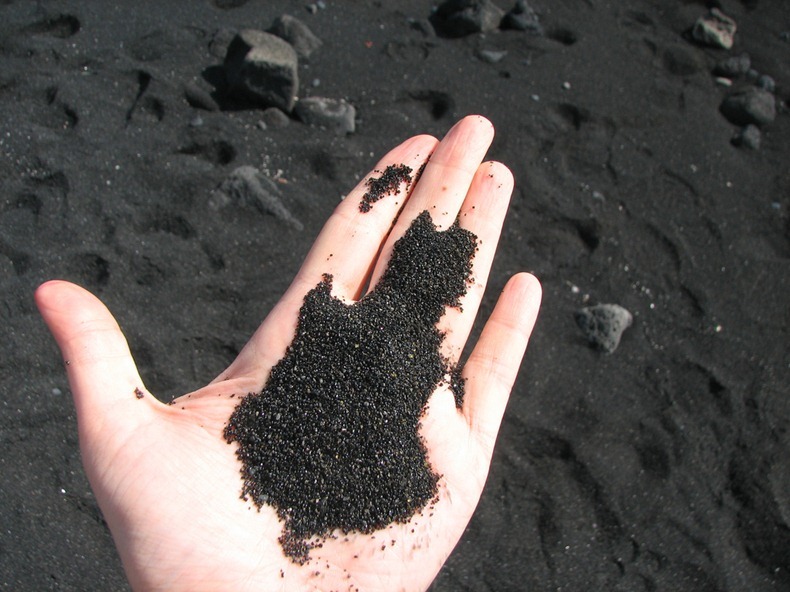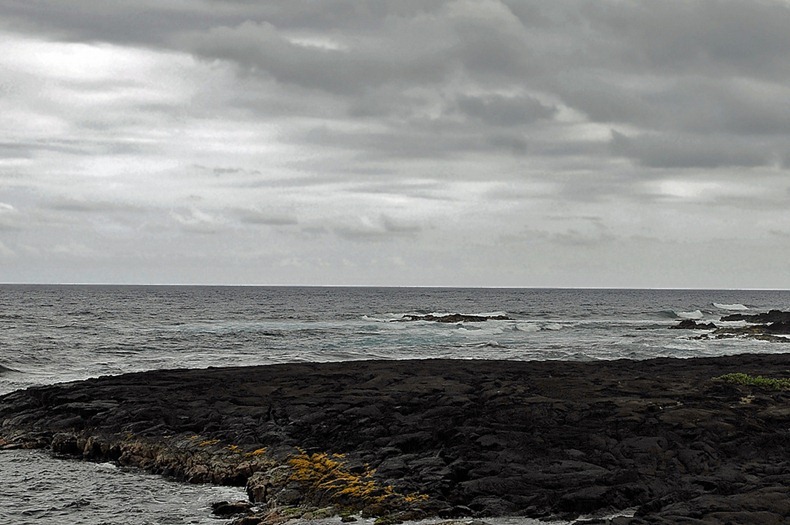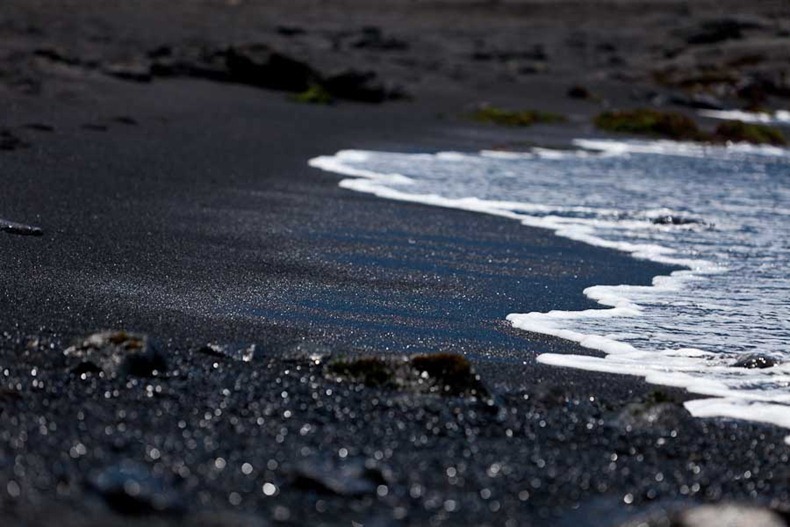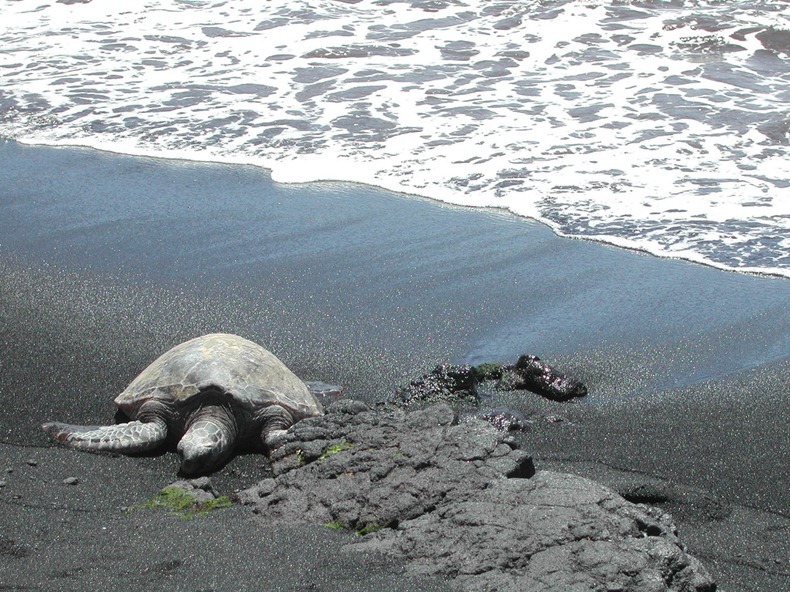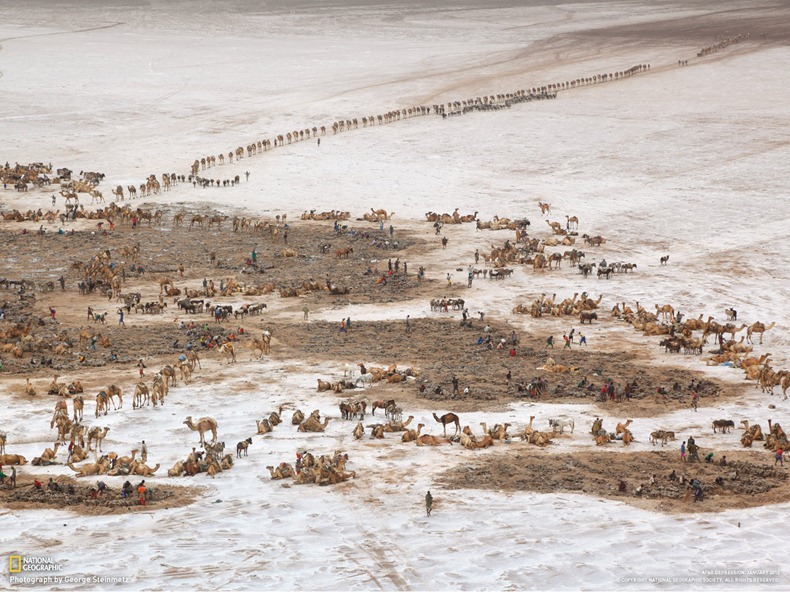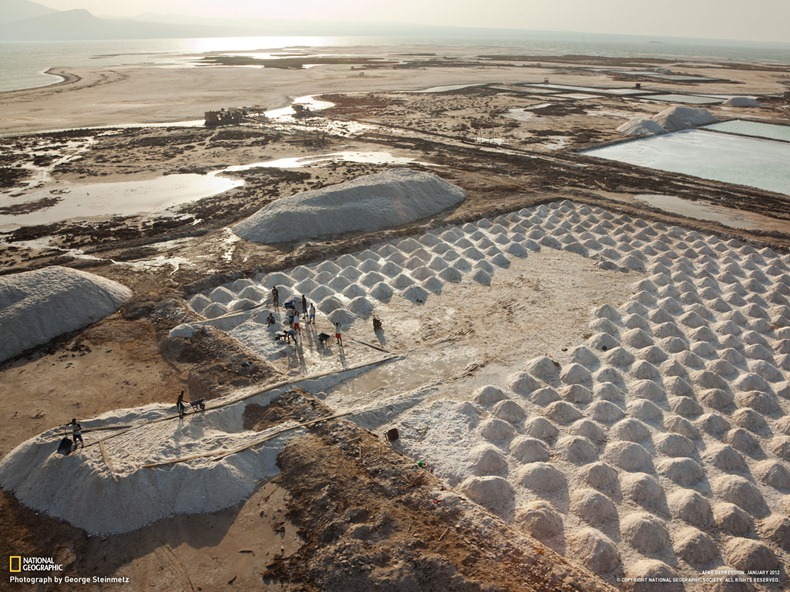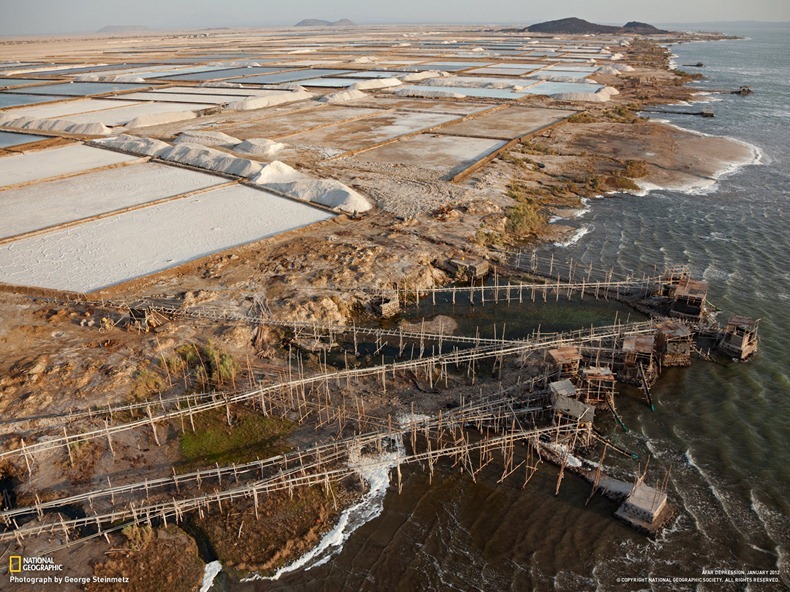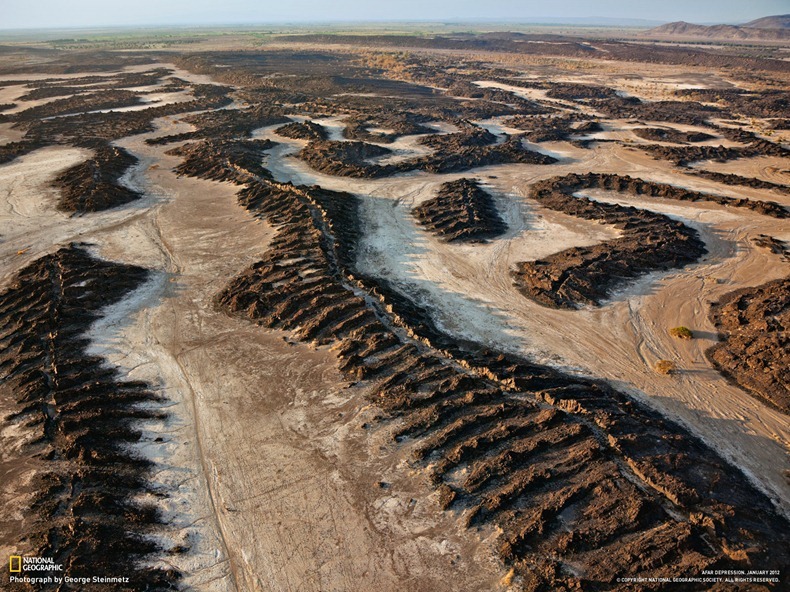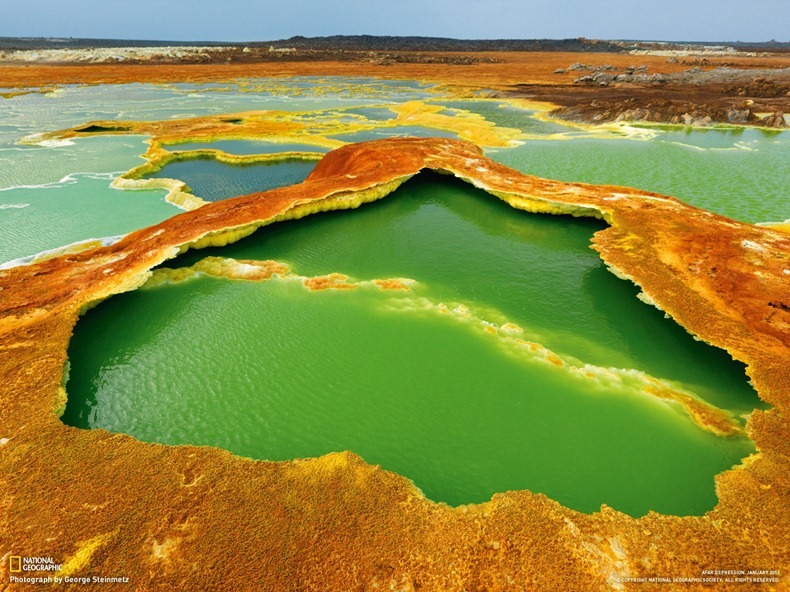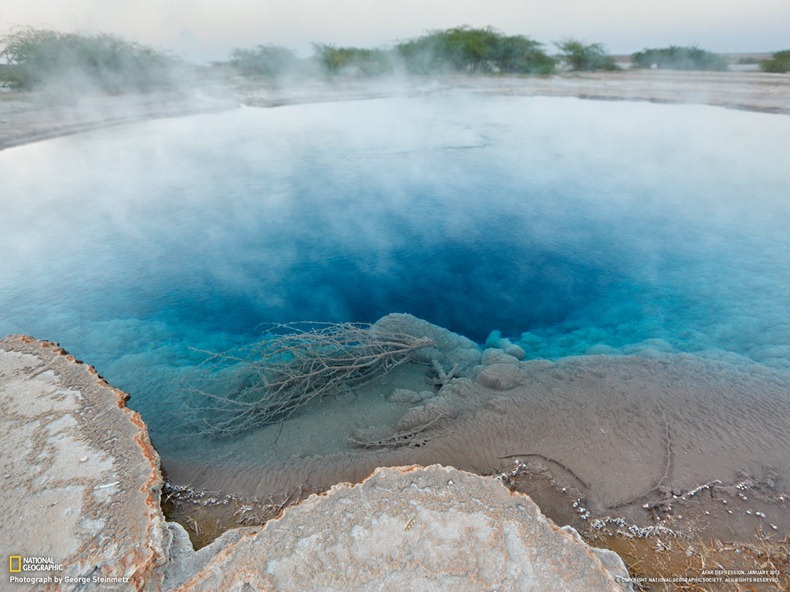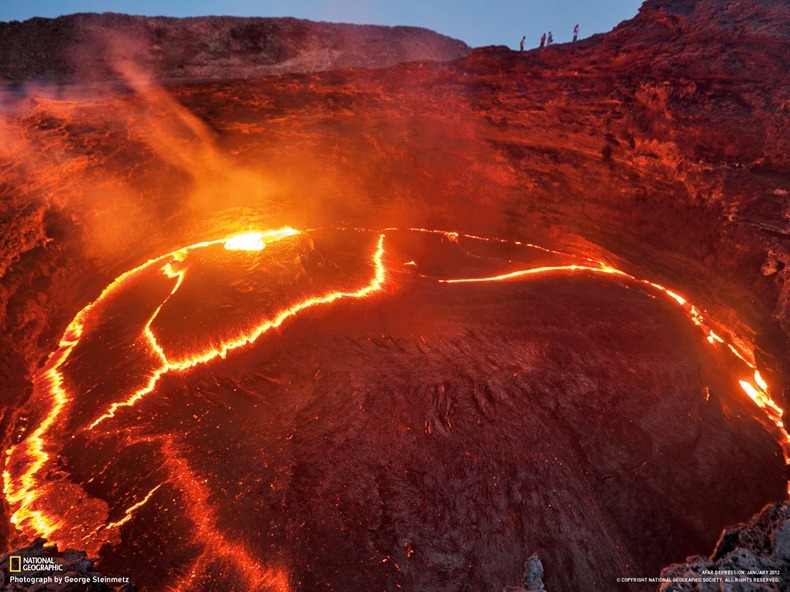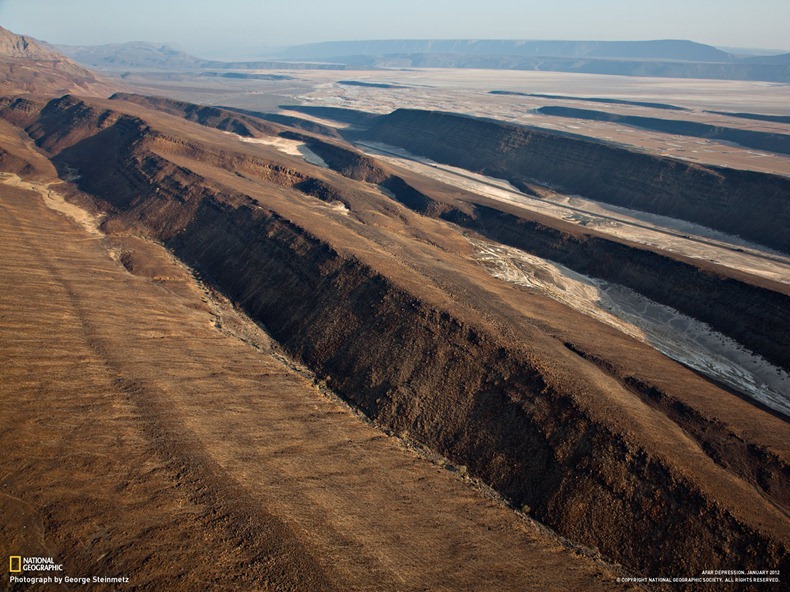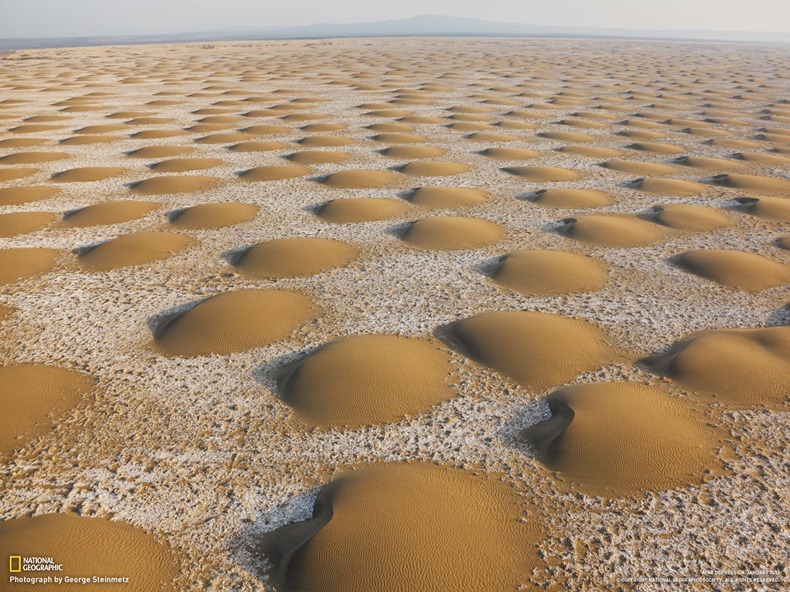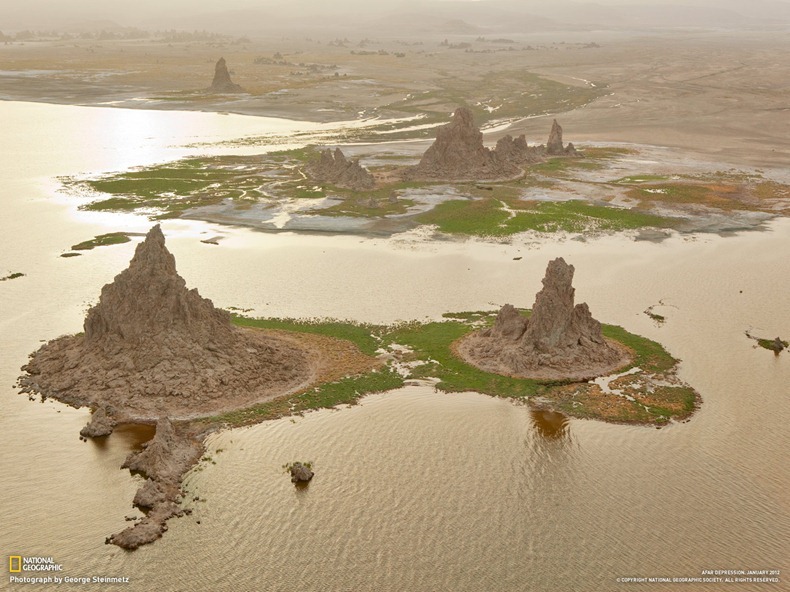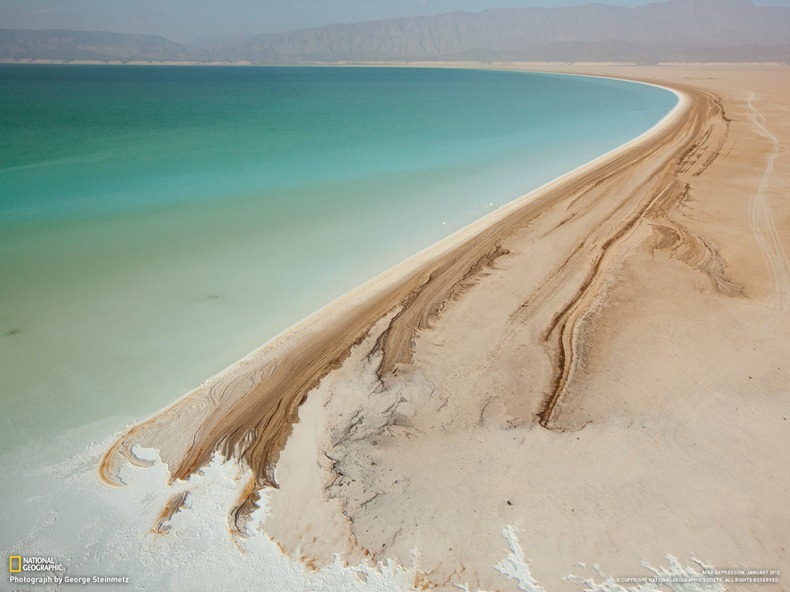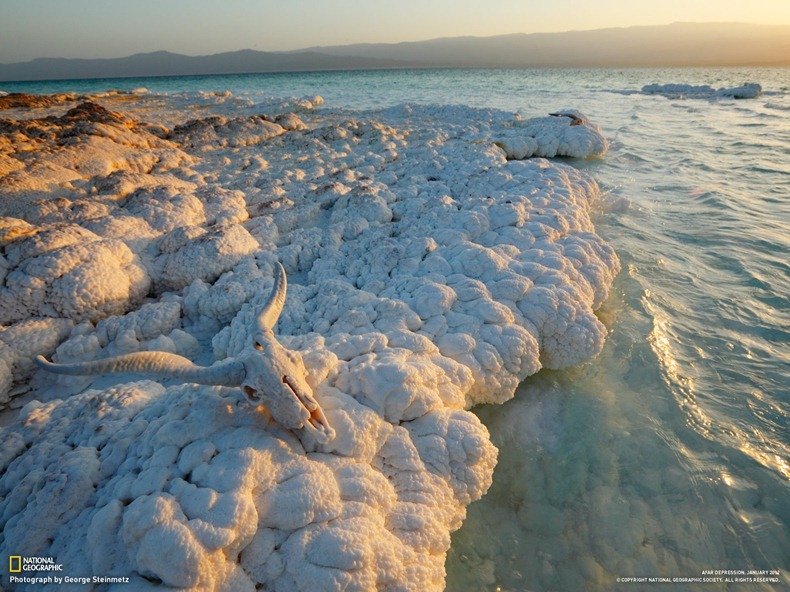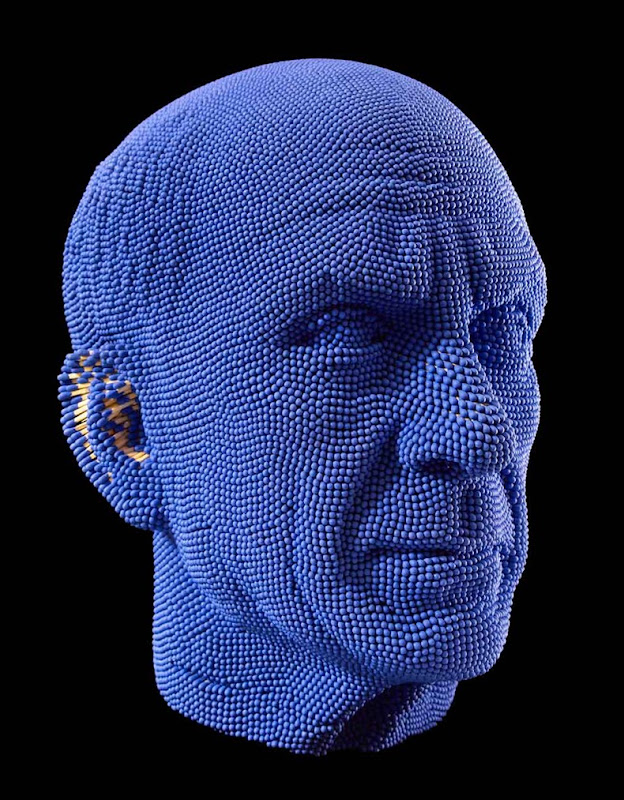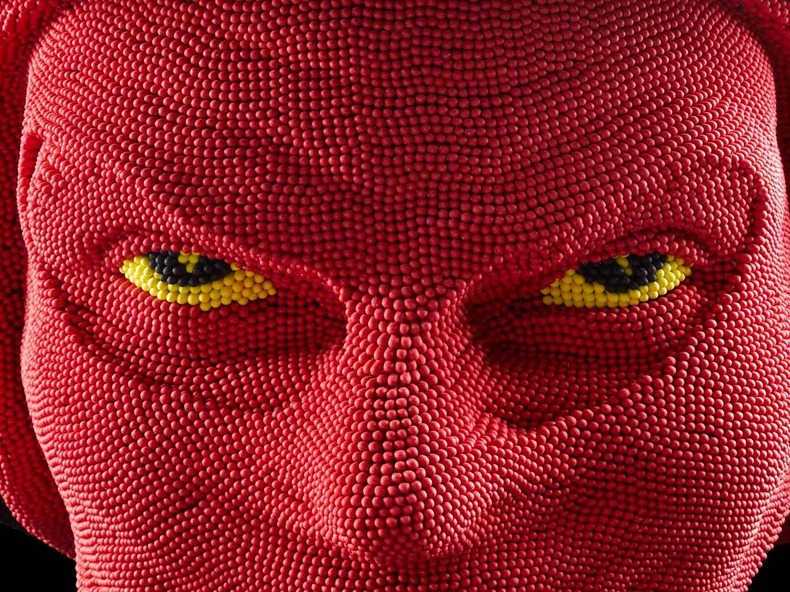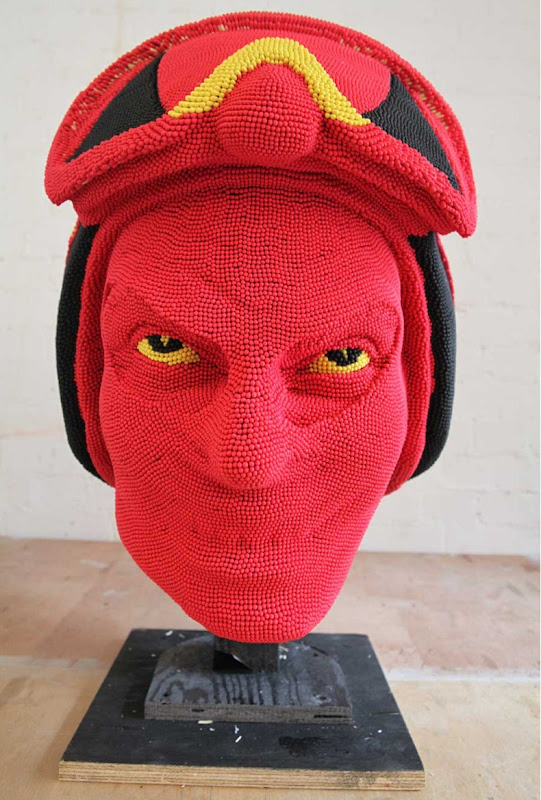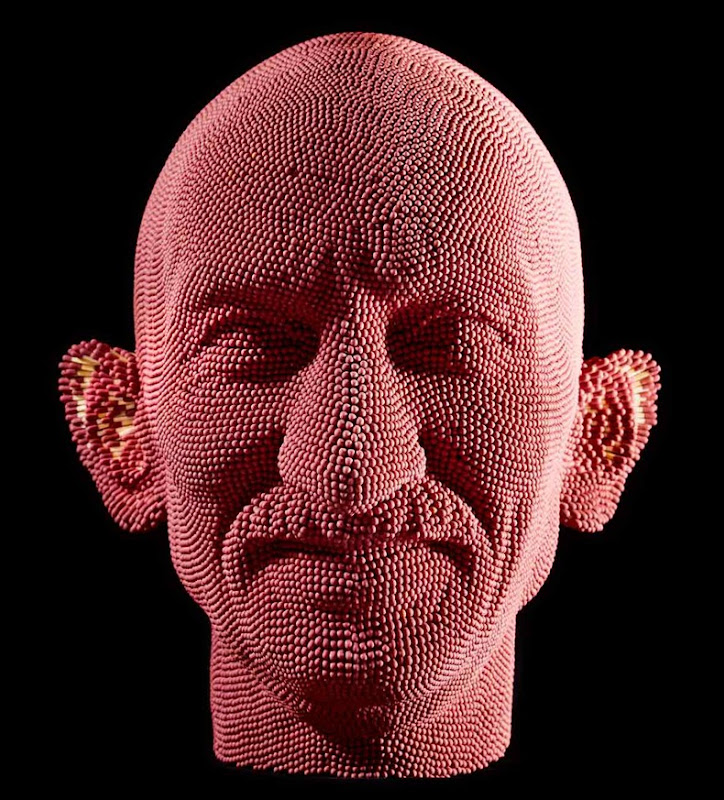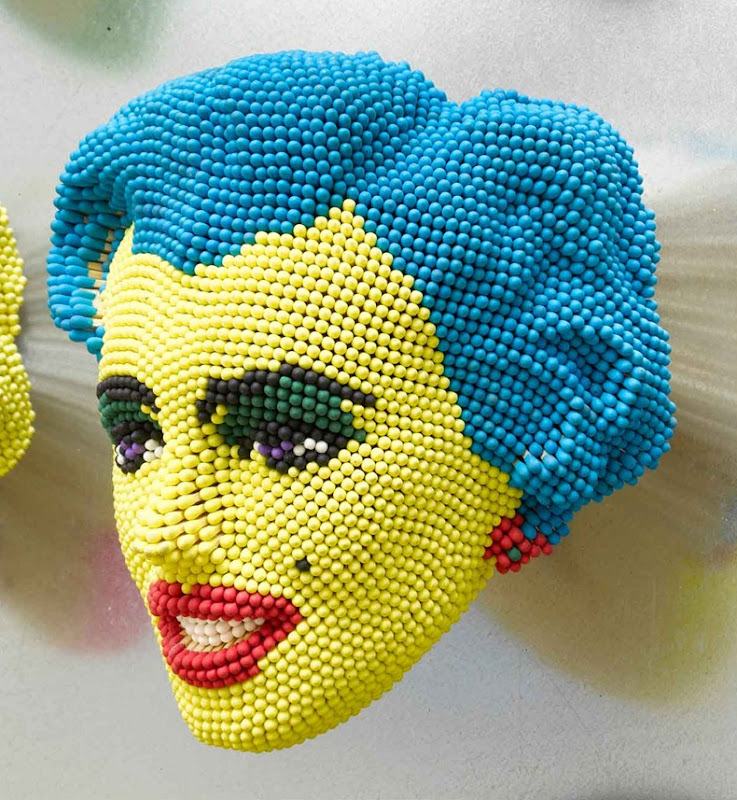Best known for his exploration photography, George Steinmetz, spent ten years flying above the African landscape in a gas-powered paraglider, engine and propeller strapped to his back, camera in both hands. This experimental aircraft enables him to capture unique images of the world, inaccessible by traditional aircraft and most other modes of transportation. His expeditions culminated in a gorgeous book – his first - called African Air.
George Steinmetz is a regular contributor to National Geographic and GEO Magazines in Germany. He has explored subjects ranging from the remotest stretches of Arabia's Empty Quarter to the unknown tree people of Irian Jaya.
Born in Beverly Hills in 1957, George graduated from Stanford University with a degree in Geophysics. He began his career in photography after hitchhiking through Africa for 28 months. George has won numerous awards for photography during his 25-year career, including two first prizes in science and technology from World Press Photo. He has also won awards and citations from Pictures of the Year, Overseas Press Club and Life Magazine's Alfred Eisenstadt Awards.
Evoking a scene from biblical times, caravans arrive at the salt mines of Lake Asele, 381 feet below sea level. For centuries salt blocks, called amole, were used throughout Ethiopia as money.
Workers at Lake Afrera process raw salt. Production was temporarily halted last year when a volcano in neighboring Eritrea erupted, blanketing the salt in ash.
At a salt-extraction facility in northern Ethiopia, briny water is pumped from hypersalty Lake Afrera into evaporation ponds.
Ancient lava flows near the Awash River in Ethiopia resemble the vertebrae of a fossilized beast.
Sulfur and algae turn hot springs into pools of living color. The water is condensation from hot gases rising from magma chambers. As the water evaporates, salts and minerals form a vivid crust.
Groundwater heated to boiling goes up in steam at a geyser field northwest of Lake Abbe.
A lake of lava bubbles atop Erta Ale, the region's most active volcano.
Restless faults have tilted these massive slabs of bedrock like dominoes. One of the canyons provides a highway corridor for truck traffic moving between Ethiopia and Djibouti.
Sculpted by winds that consistently blow from east to west, sand dunes called barchans migrate across an ancient seafloor, rising about six feet and spreading 20 to 30 feet across.
Ramparts of salt, mud, and potash, some 80 feet tall, rise above a maze of canyons and crags on the flank of Dallol Mountain. The tortuous shapes are the work of storms and flash floods.
Spires called travertine chimneys are fashioned by mineral-bearing vapor rising from underground magma chambers. As the vapor evaporates, it deposits minerals around each vent.
Djibouti's Lake Assal is one of the world's saltiest lakes. Intense heat and strong winds fuel rapid evaporation, leaving a bathtub ring of minerals around the lake's shore.
Lake Assal marks Africa's lowest point, 512 feet below sea level. A Djibouti-based salt-production company calls the lake the "largest undeveloped salt reserve in the world."

